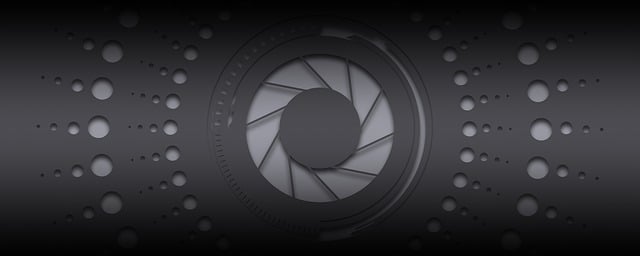In Eugene, Oregon, addressing the unique needs of individuals with disabilities, especially regarding assistive technology, is paramount. The city's diverse population requires tools like screen readers, braille displays, specialized keyboards, and voice recognition software. Beyond physical accessibility, ensuring digital accessibility through tech for disabled Eugene Oregon residents is crucial. Local businesses, educational institutions, and public spaces should prioritize providing resources and support for assistive technology, fostering equal opportunities and creating an inclusive environment.
“In Eugene, Oregon, understanding the unique challenges faced by the disabled community is crucial to fostering an inclusive environment. This article delves into the diverse needs of individuals with various disabilities prevalent in the area. We explore the landscape of assistive technology available today, categorizing solutions from mobility aids to communication tools and accessibility software.
Through case studies and local insights, we highlight successful implementations while guiding readers on accessing resources, financial aid, and training for tech that caters specifically to their requirements.”
- Understanding the Needs of Disabled Individuals in Eugene, Oregon
- – Unique challenges faced by the disabled community in Eugene
- – Types of disabilities prevalent in the area and their specific needs
Understanding the Needs of Disabled Individuals in Eugene, Oregon

In Eugene, Oregon, understanding the unique needs of disabled individuals is paramount when discussing assistive technology. The city’s diverse population includes people with varying disabilities, each facing distinct challenges. For instance, those with visual impairments require screen readers and braille displays, while individuals with physical limitations might rely on specialized keyboards or voice recognition software. Accessibility is not just about accommodating physical barriers but also ensuring digital accessibility through tech for disabled Eugene Oregon residents.
Eugene’s commitment to inclusivity should extend to providing resources and support for assistive technology. This involves making sure that local businesses, educational institutions, and public spaces are equipped with the necessary tools and training to assist those with disabilities. By embracing innovative tech solutions, Eugene can ensure that its disabled community members have equal opportunities to participate in all aspects of city life.
– Unique challenges faced by the disabled community in Eugene

The disabled community in Eugene, Oregon, faces unique challenges that demand innovative solutions. With a diverse range of disabilities, from physical to sensory impairments, access to everyday resources and services can be significantly hindered. For instance, individuals with mobility issues may struggle to navigate the city’s terrain, lacking accessible transportation options and step-free paths. This barrier to mobility limits their independence and opportunities for social engagement.
Additionally, the lack of specialized tech for disabled Eugene Oregon residents exacerbates these challenges. While technology advances have improved accessibility globally, local resources often lag behind. Adaptive devices, digital assistance tools, and customized software solutions are not readily available or affordable, leaving many individuals without the support they need to participate fully in community life. Thus, fostering an inclusive environment requires tailored tech integration and increased accessibility initiatives.
– Types of disabilities prevalent in the area and their specific needs

In Eugene, Oregon, a diverse range of disabilities is represented, each with distinct needs that assistive technology aims to address. According to recent statistics, one of the most prevalent challenges is mobility impairment, affecting individuals of all ages. This includes conditions like cerebral palsy, multiple sclerosis, and spinal cord injuries, which often require adaptive equipment such as wheelchairs, stand-up assist devices, or specialized orthotics for efficient movement.
Additionally, sensory impairments are notable in the community, particularly blindness and low vision. Assistive technology plays a critical role in empowering individuals with these disabilities by providing tools like screen readers, braille displays, and high-contrast software to enhance accessibility. Hearing loss is another significant concern, with many residents benefiting from advanced hearing aids, real-time captioning services, and sign language interpretation software to facilitate communication and participation in various community activities.






